GUEST BLOGGER JOAN RAMIREZ
Power UP!
Welcome! This is a STEM + Language Arts activity where your students become energy detectives who use language to communicate their findings and conclusions.
Part one
Ask the students to become energy detectives by finding examples of energy in the classrooms, gym, cafeteria, and auditorium. Energy examples can be in the following categories:
- Electrical Energy comes from a power plant and is used to power up classroom lights, heat, air conditioning, computers, and cell phones.
- Physical energy includes all of the hours that teachers spend making lesson plans and teaching students, which counted up, would probably be enough energy to POWER UP the building.
- Cleaning energy or the kind of energy that the school’s cleaning crew uses when they wipe away dirt and dust so you can learn in a clean environment.
Part two
Ask the students to describe how energy helps us to live and work? Write answers on board for possible inclusion on a test.
Part three
Ask the students to put on their detective hats and EXPERIMENT.
- In past centuries, people used candles for light. Electricity did not exist. Let’s find out what it’s like to read by candlelight.
- Turn out the lights in the classroomand draw the shades. Try to make the room as dark as possible.
- Light a relatively short candle (we want the candle to burn out in this experiment).
- Using a stopwatch or the classroom clock if they can see it, ask students to time how long they can read before the candle burns out.
- Ask students to record their observations in a T-chart similar to the one below.
- Turn on the lights
- Ask students to time themselves as they read the exact same passages/pages/paragraphs as they did by candlelight
- Record observations on the T-chart
- Discussion
- Did it take longer to read by candlelight or by electric light?
- Was one type of light better for reading?
- Why?
- Read ENERGY by Andi Diehn and then revisit the discussion.
| Reading by candlelight | Reading by electric light |
|---|---|
Your energy detectives and forces
Now, students will explore a different kind of energy–physical energy or forces.
Experiment 1
- Place several large cushions on the floor.
- Ask students to work in teams of three. One student jumps. One student marks the height of the jump. One student measures the jump (in inches or centimeters). Then they rotate. There should be one measurement for each student on the team.
- Each student jumps, and the team records the results in a table like the one below. Be sure the students label the units of their measurements.
- Then repeat the experiment outside on a hard surface on the playground.
- Record the results in the same table. Older students may graph the results.
How High We Jumped
| Name of student | Height of jump on cushion | Height of jump on playground |
|---|---|---|
Experiment 2
- Keep students in the same teams as Experiment 1.
- This time the team will bounce a beach ball on a cushion and on the hard surface of the playground. Like before, one student bounces, one marks, and one measures.
- Ask students to record their results in a chart similiar to the one below. Older students may graph the results.
- When each student in the team has had a chance to bounce the ball, the experiment is over.
How High the Ball Bounced
| Name of student | Height of bounce cushion | Height of bounce playground |
|---|---|---|
Discussion
- Talk about the results. When did the children jump higher? When did the ball bounce higher?
- Ask the children to suggest some explanations.
- Read FORCES by Andi Diehn and then ask the students to explain their results.
Featured image credit: “Newton’s Third Law” by KGA Team 6th Grade is licensed under CC BY-NC-SA 2.0.
Joan Ramirez is a freelance elementary ESL teacher. As a college adjunct she prepares students for entry into the world of corporate communications—print and social media. She also trains middle managers seeking to transition into their own enterprises. Formerly a Manager of Communications for a multibillion-dollar engineering firm, Joan holds three Masters: Specialized Journalism—Technical, Business, and Medical Writing; ESL, and Special Education with a concentration in Autism. She is the author of Jamie is Autistic: Learning in a Special Way. Website: joansbookshelf.com


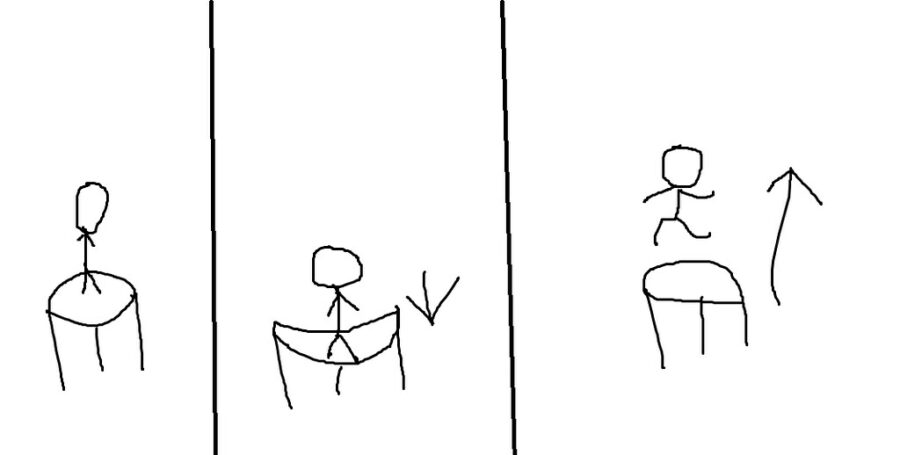

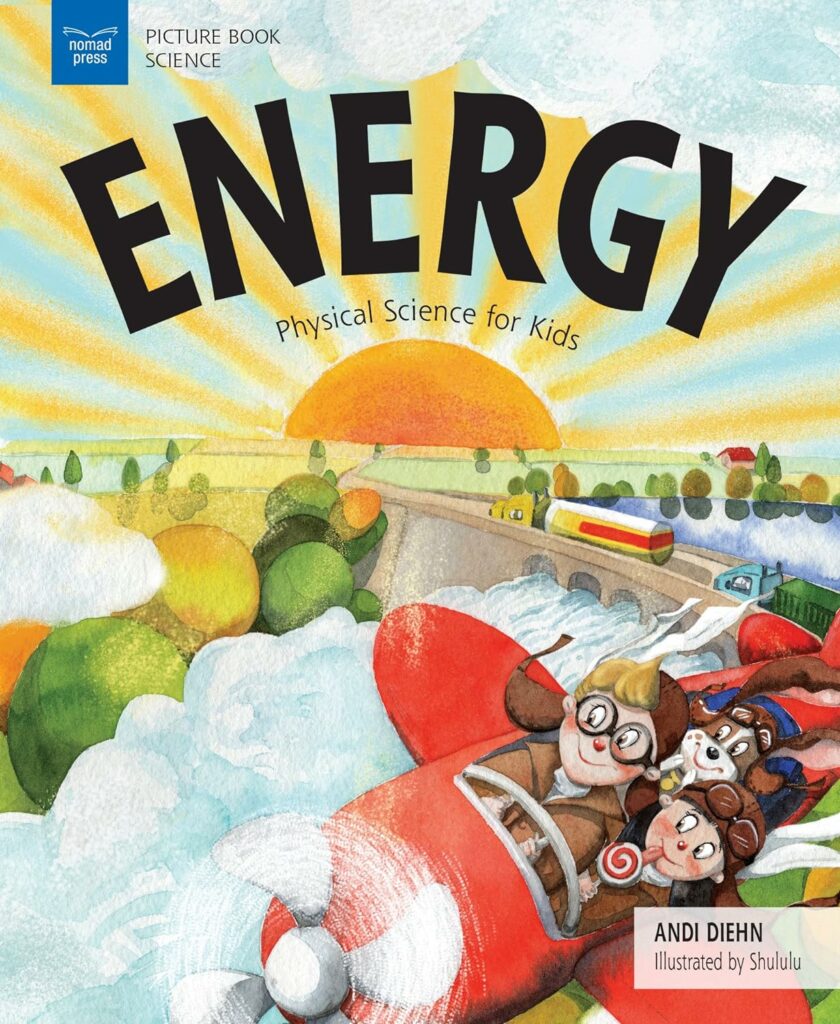
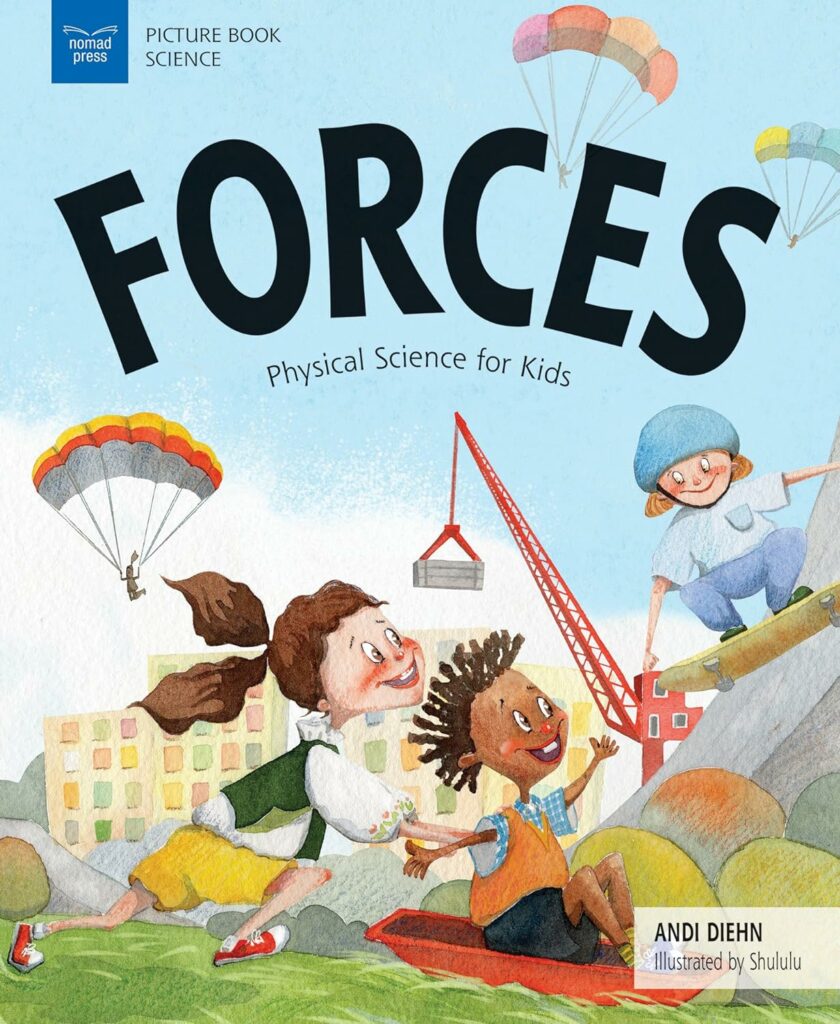
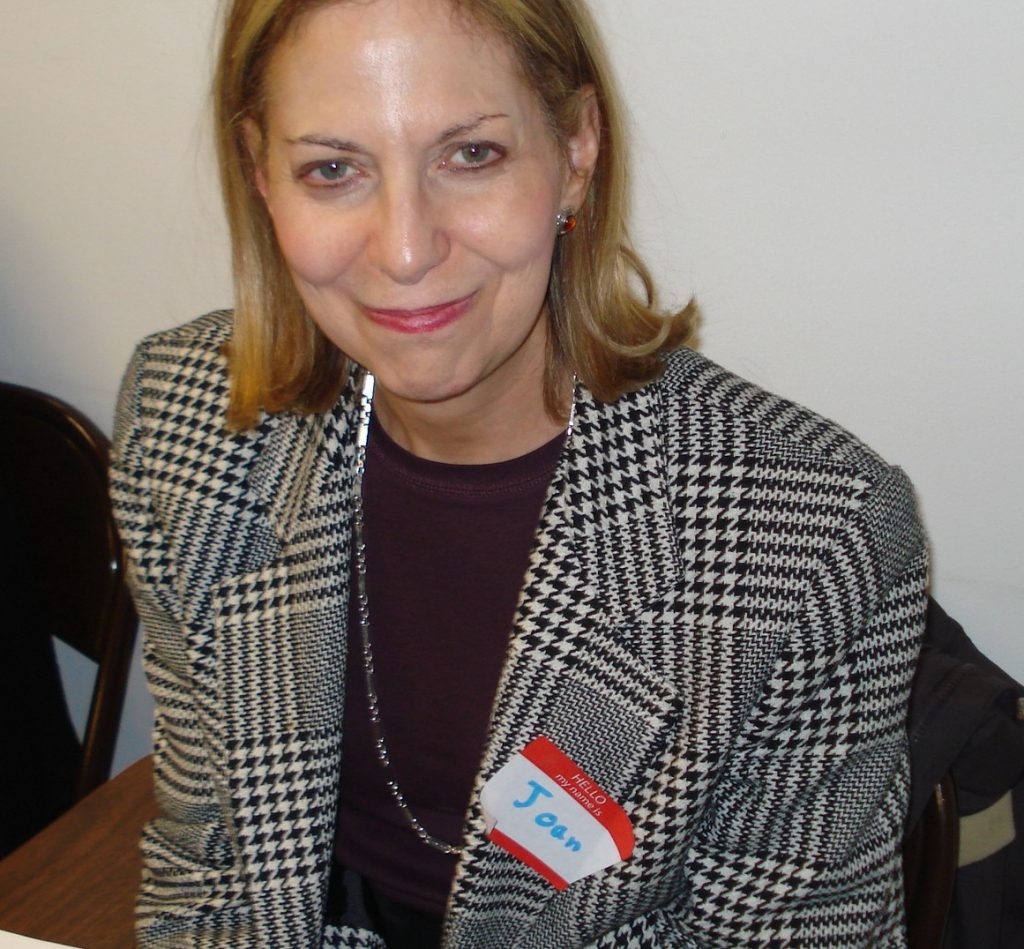
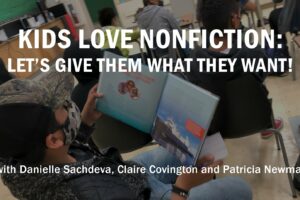
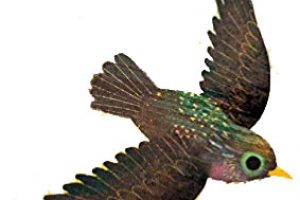
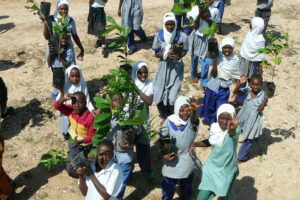


Leave a Reply
Your email is safe with me.